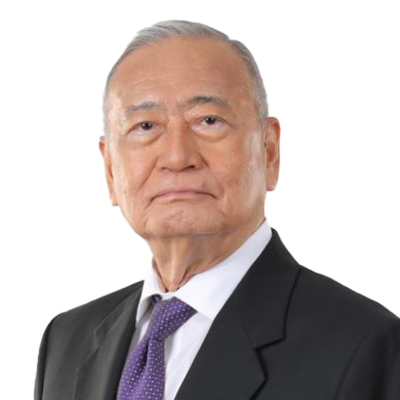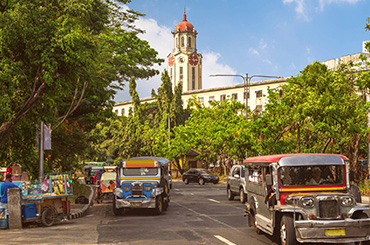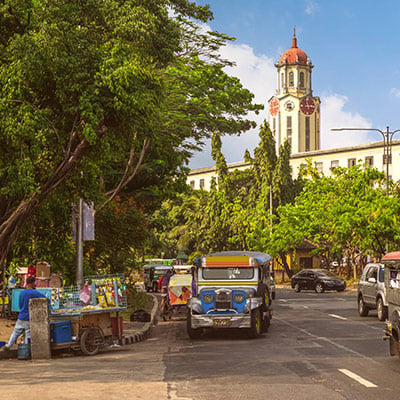(Part 1)
There have been continuing commentaries on how bad our agricultural sector, particularly rice farming, has been for a long time now. Sadly, there appears to be no clear dramatic improvement in sight. For this reason, I thought I would try to get an understanding of the current characteristics of the two major factors in rice production— the rice farmers and their farmland.
I have been able to obtain some relevant information through the internet which I am using in this commentary. These are: Factsheet: Resilience Solutions for the Rice Sector in the Philippines which forms part of the Private Markets Resilience Project for selected emerging markets countries published in June 2020 by a group of non-government entities, namely, Nordic Development Fund, Inter-American Development Bank, Grupo Laera and Oscar M. Lopez Center (Factsheet); The Philippine Rice Industry Road Map - 2030, published by the Department of Agriculture in September 2018 (Road Map); and Press Releases by the Philippine Statistics Authority (PSA) in December 2024 and January 2025 relating to its Census of Agriculture and Fisheries conducted in 2022 (Census). The Census has much broader coverage as it combines the whole agriculture sector, consisting of all crops and livestock and poultry.
The Factsheet indicates that rice is the staple food for about 80% of the Philippine population. It consists of 23% of the total “consumption” (I take this to mean “food consumption”) of the poor and 10% of that of the non-poor. At the outset, this portrayal clearly shows that if we could significantly reduce the number of our poor citizens, we can largely lower our rice consumption requirements, a substantial proportion of which we are currently importing.
Rice farm owners and rice farm workers
The Factsheet reports that our rice farmers who own their farmland number to about 2.4 million Filipinos and each own farmland with an average area of 1.4 hectares. Most rice farmers are poor and old (average age of 57 years).
On average, each rice farm owner has an annual income in 2018 of $2,000. This dollar amount is now equivalent to ₱116,000. It is likely that this peso equivalent has increased by now, but it is still useful for purposes of this commentary.
The amount of ₱116,000 annual income is an average. If we plot in a graph the distribution of each of the landowning farmers’ annual income and determine the mean (middle point) it is reasonable to expect that the mean is lower than the average. This means that the annual income of most of the landowning farmers is below the average of ₱116,000, indicating that most of them had an annual income from rice farming that is significantly lower than the comparable poverty threshold of ₱129,000 in 2018.
And so, with the average farm size of 1.4 hectares owned by these rice farmers, when determined, the mean can reasonably be expected to be lower than the average, meaning that there are more rice farmers whose farm has an area falling below the average than those whose farm size is above it. These two measures, farm income and farm size, generally relate to each other in harmony.
While the Census covers the whole agriculture sector, it provides some insights that we can use to relate to rice farming. The Census indicates that the agricultural population, 18 years and older, number to a total of 19.68 million persons. Of this total, those who have ownership and secured rights over their farmland number to 4.3 million persons or 21.8% of the total agricultural population. This means that the balance of 78.2% or 15.4 million persons is not farm owners but are farm workers. This information translates to a ratio of one farm owner to 3.6 farm workers. There is no way to extricate from these data the equivalent ratio pertaining to rice farming only.
But making an inference may be good enough. A few agricultural sectors, such as sugar cane farming and livestock and poultry raising, may have a higher ratio. This means that the rice sector farm owner/farm worker ratio is lower than 3.6. The significance of this proportion is that for one rice farm owner, there are one or more rice farm workers. Given that the average annual income of the 2.4 million rice farm owners of ₱116,000 in 2018, the average annual income of more than 2.4 million rice farm workers is much less than ₱116,000 in the same year. Combining then the landowning rice farmers and rice farm workers, the average farming annual income of most of them in 2018 is much lower than the poverty threshold of ₱129,000 in that year.
Of course, some of these farmers and members of their families may have additional income that raises each of these family's total income. But I consider that taking account of such additional income earned by each of these farmer families will not make much difference, for purposes of this commentary, when comparing the family’s total income with the poverty threshold, especially in the case of rice farm workers.
The Census does not provide for a separate count of sharecroppers or tenants. I gathered that in Tarlac and Nueva Ecija there are two forms of this practice: a “sama” shares with the farm owner 1/2 of the net profit of the harvest after deducting all allowable expenses, while a “tenant” may be given a share of the produce or be paid in the form of wages, depending upon the agreement between the two parties.
A “sama” or “tenant” may hire additional farm workers at his own expense. Presumably, similar arrangements are practiced in the other parts of the country. What is important to note for purposes of clarity is that a “sama” or “tenant” or a similar person described by some other name is not a landowner and therefore is part of the term “farm workers” in this commentary.
Rice farmland
The Fact Sheet reports that the total land area devoted to rice farming is 4.8 million hectares in 2018 which represents about 35% of total agricultural land. It also indicates that the average farmland area is 1.4 hectares as mentioned earlier (this average does not add up when related to the reported rice farm owners of 2.4 million people mentioned earlier, which difference I had ignored).
Interesting to note is the related information in the Census which reported that the average farm area in the whole agriculture sector (covering all crops and non-crops) continued to drop from 3.5 hectares in 1960 to .83 hectare (yes, .83 hectare) in 2022.
It can be implied that the average rice farm area follows the same downward trend over time and, therefore, the average rice farm area today is smaller than 1.4 hectares in 2018.
(To be continued)
As published in BusinessWorld, dated 21 March 2025




